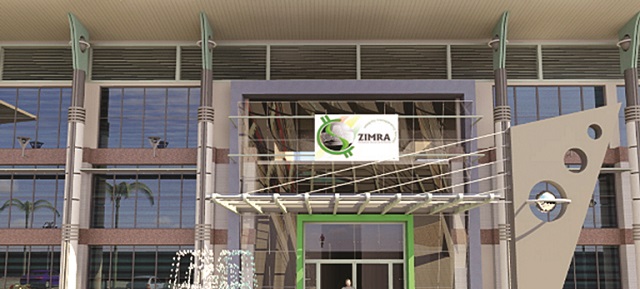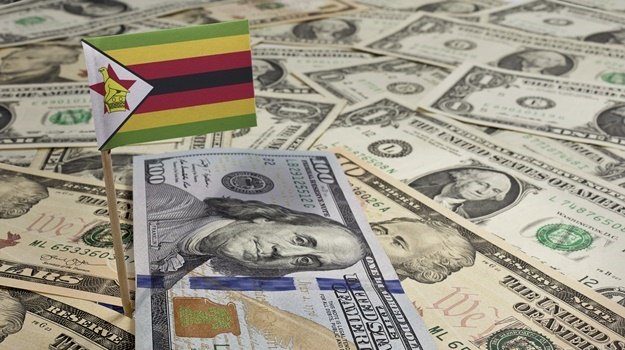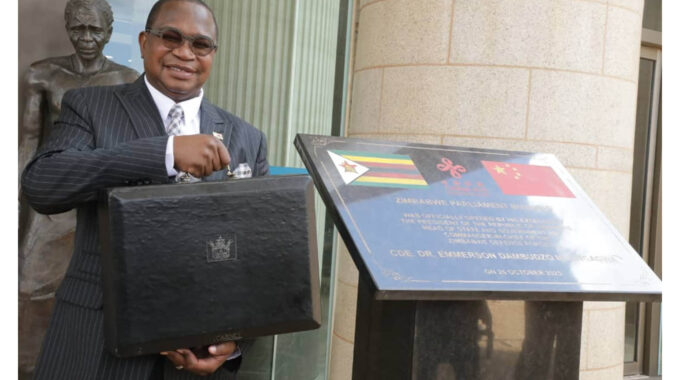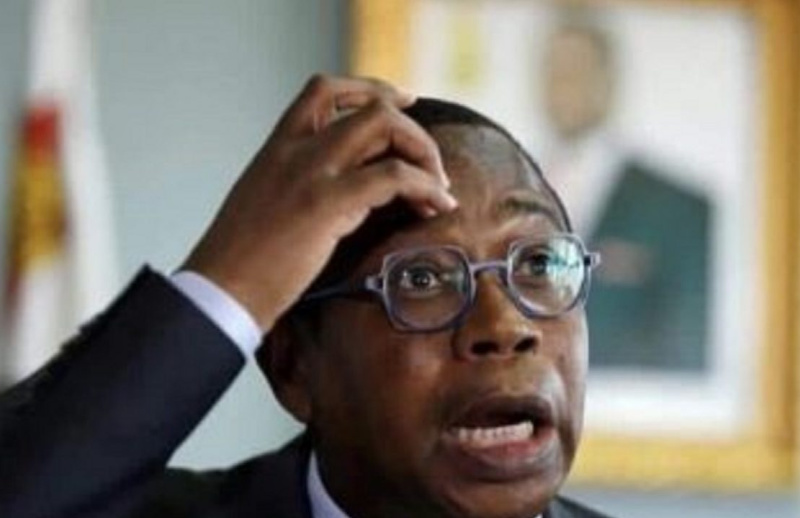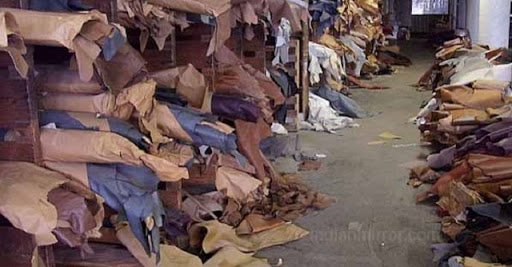Bulawayo leather cluster targets regional markets
THE Bulawayo Leather Cluster is scaling up the production of high-quality and exclusive range of shoes to consolidate local market supplies, as well as boosting exports to neighbouring countries.
Harnessing leather sector opportunities is regarded as a low-hanging fruit for Zimbabwe given the country’s comparative advantage in livestock and crop production, which provides major raw materials, and its impact on downstream industries.
In an interview yesterday, cluster secretary-general, Mr Fungai Zvinondiramba, said while they eye regional markets, they are keen on also strengthening collaborations in product development and branding with other domestic stakeholders.
“We are looking at increasing our production of duty shoes, that is, safety shoes and also school wear, as we plan to start a line for an exclusive range of shoes to be available on limited edition.”
However, Mr Zvinondiramba said production targets will be determined by market response.
“On regional markets, we have laid structures to approach Namibia, Zambia, and Botswana. However, there’s a possibility of going beyond those markets as we are also strengthening collaborations in product development and branding with other stakeholders,” he said.
In 2019, just before Covid-19 struck globally, the Bulawayo leather cluster clinched a deal to supply Namibia with school shoes. The order could not be processed due to prolonged shutdowns.
Covid-19
Now the cluster is looking forward to participating in local and regional exhibitions to expand its visibility.
Last year, though still crippled by Covid-19, several members of the leather cluster exhibited at the annual Zimbabwe International Trade Fair (ZITF).
Bulawayo Leather Cluster marketing officer, Mr Joseph Mukondo, showcasing their leather products during the ZITF
Mr Zvinondiramba said the sector was excited and looks forward to benefit from the US$5 million retooling package allocated to them by the Treasury using resources under the International Monetary Fund (IMF) Special Drawing Rights (SDRs).
Zimbabwe was allocated SDR677 million (US$958 million equivalent) by the International Monetary Fund (IMF), which is part of the SDR’s general allocation of US$650 billion that was released in 2021.
International Monetary Fund (IMF)
It is from these resources that the Treasury channelled part of the funds towards supporting key economic sectors such as horticulture, industry retooling, tourism, and smallholder farming irrigation systems.
On raw materials, Mr Zvinondiramba said the local vibrant leather value chain has capacity to supply manufacturers but there is still room for improvement.
At its prime in the 1990s, the sector was producing up to eight million pairs of shoes, but most established manufacturing firms later folded citing different factors.
However, with Government interventions that included the launch of the Zimbabwe Leather Sector Strategy (2021-2030) to anchor increased investments and maximising value-addition and beneficiation to promote export-led industrialisation, the sector is now on a recovery path.
Government also hopes that guided by the new strategy, the leather sector would increasingly lobby for the development and reform of 70 percent of the identified policies and legal frameworks for the transformation of the sector by 2030.-chronicle.cl.zw




